OPEN ASSEMBLY
Experiments in Aesthetics and Politics





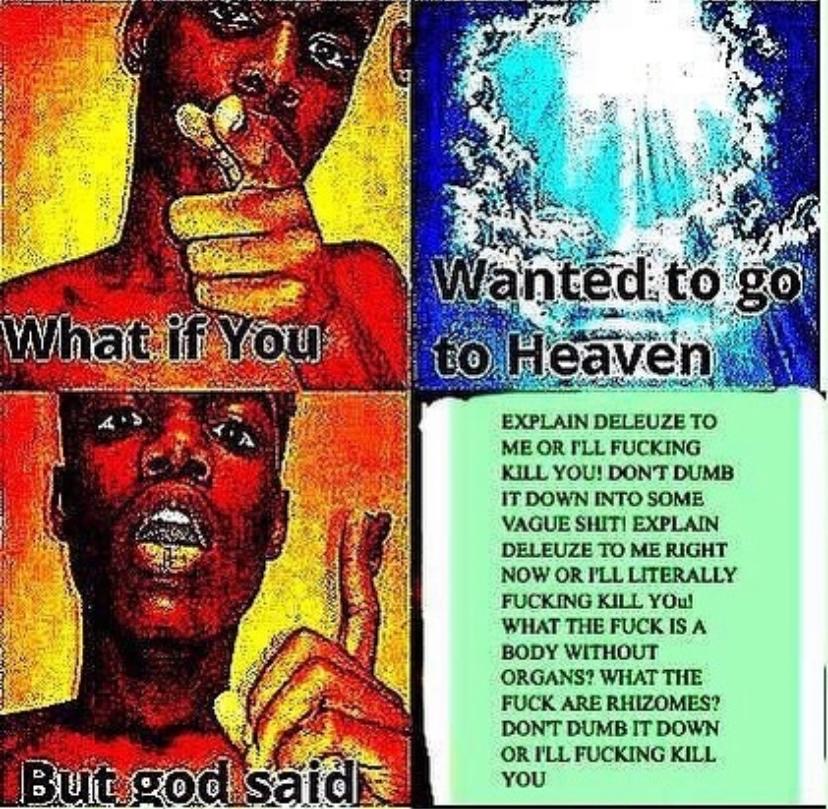
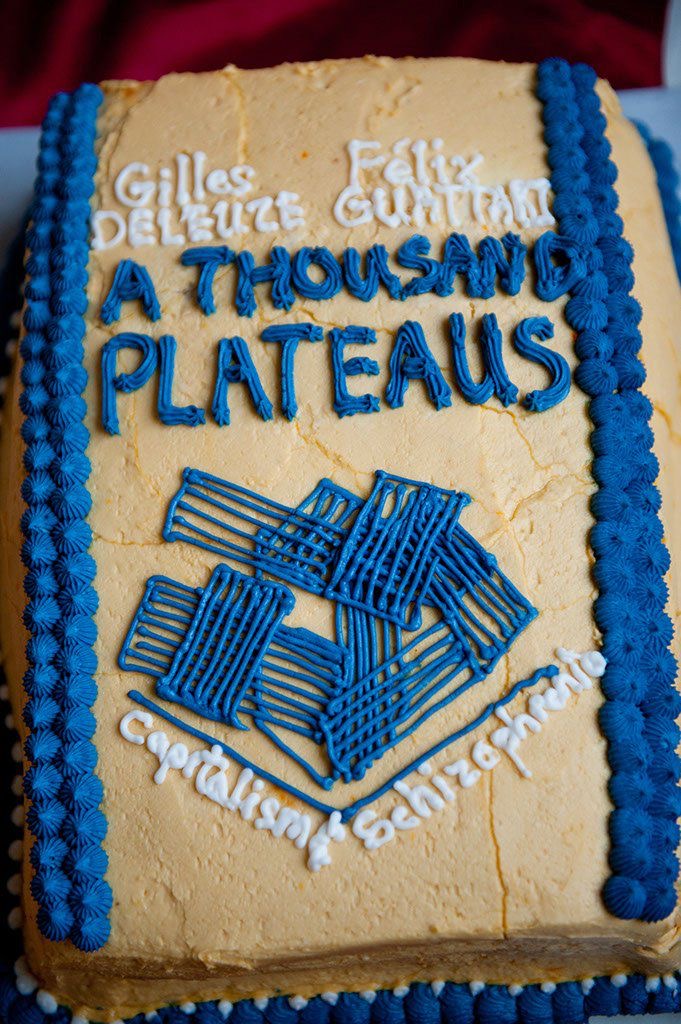


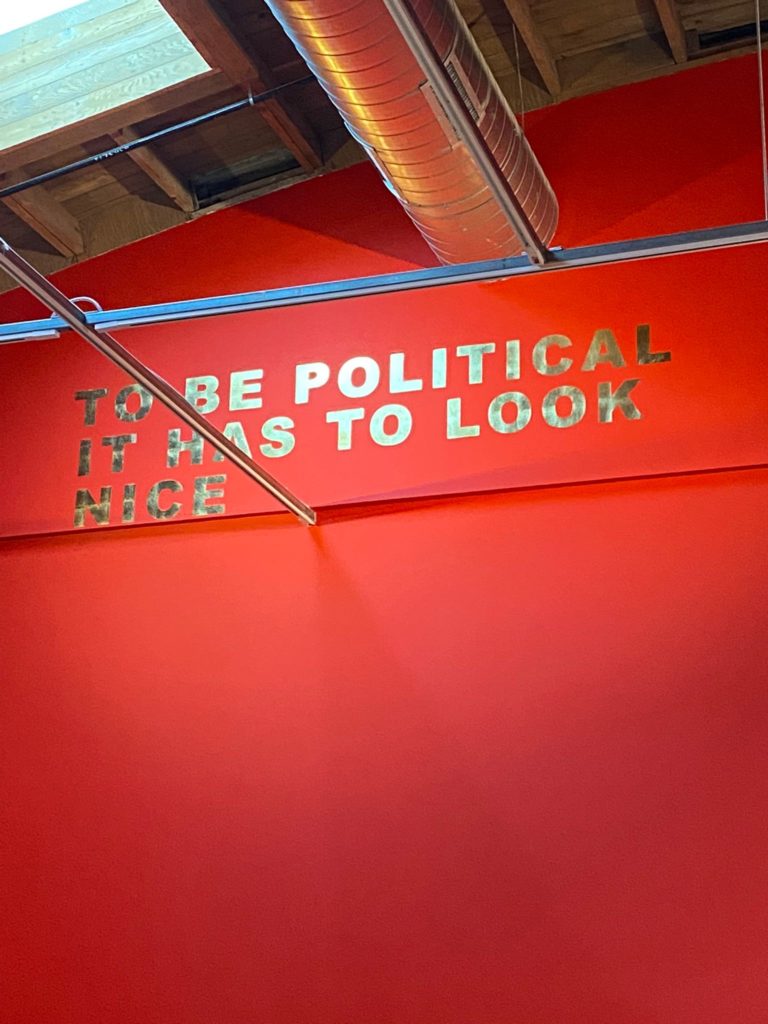
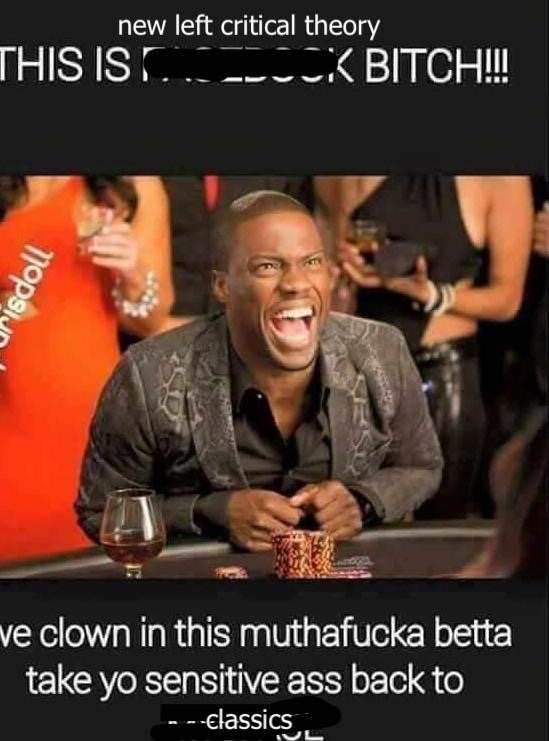
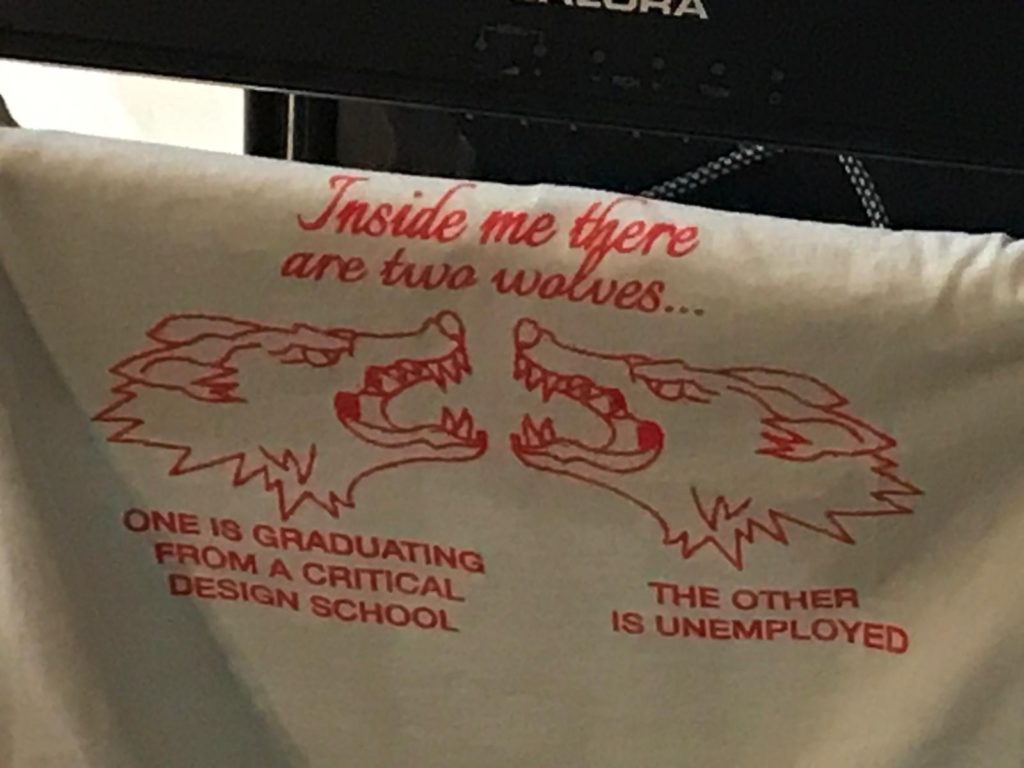
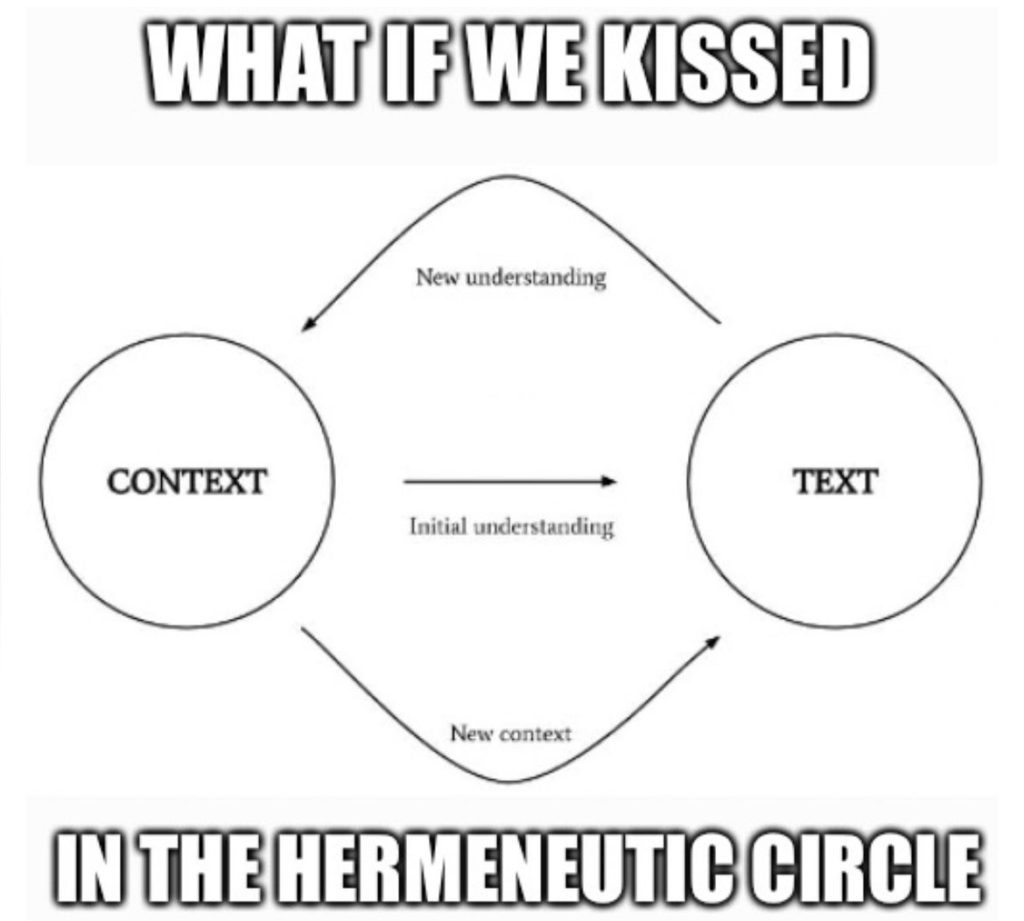

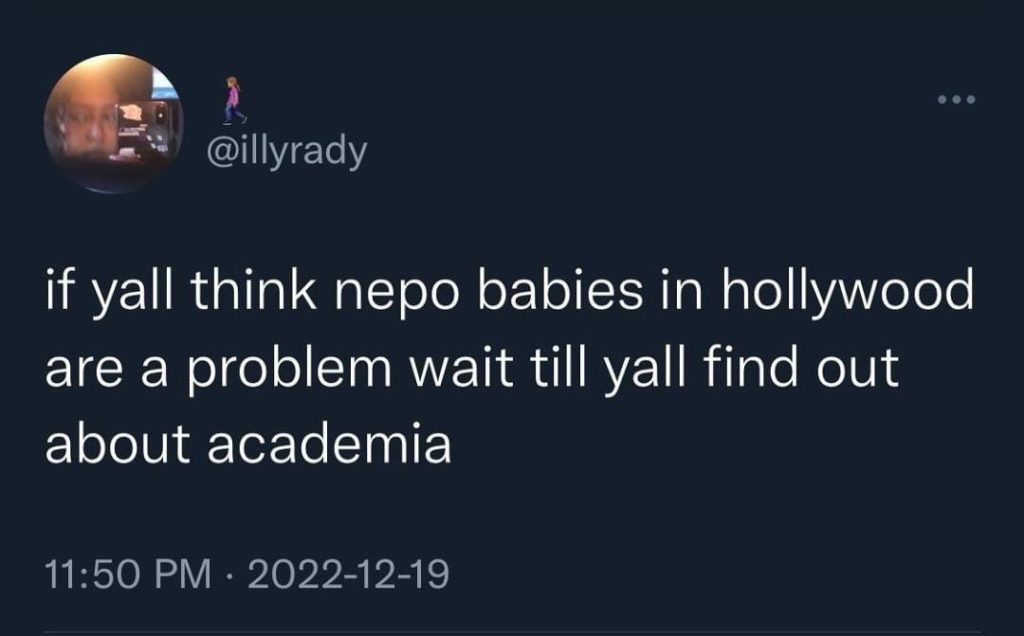
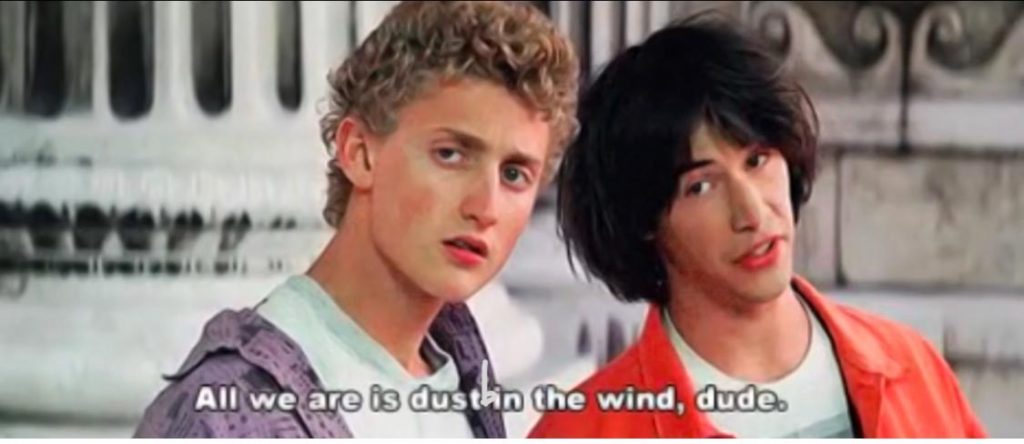




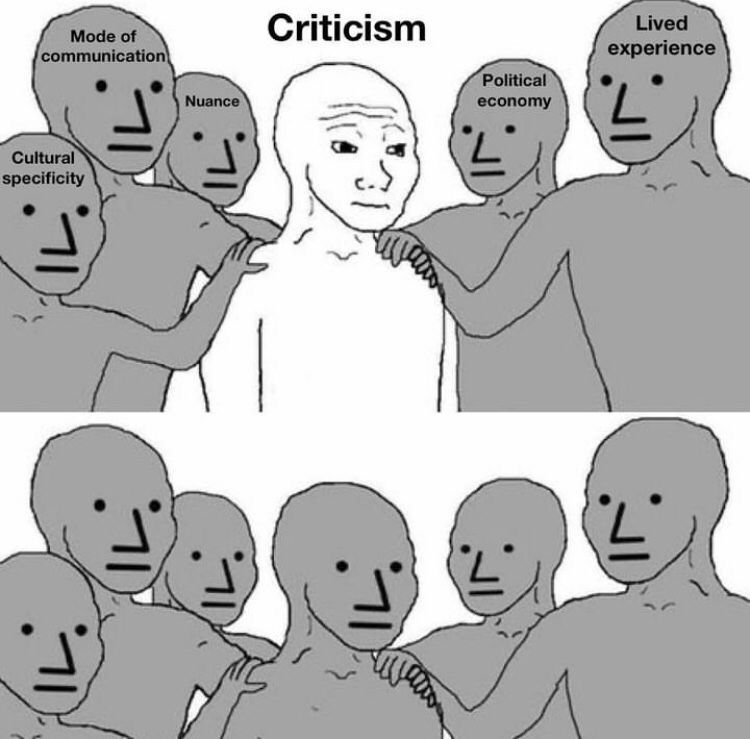
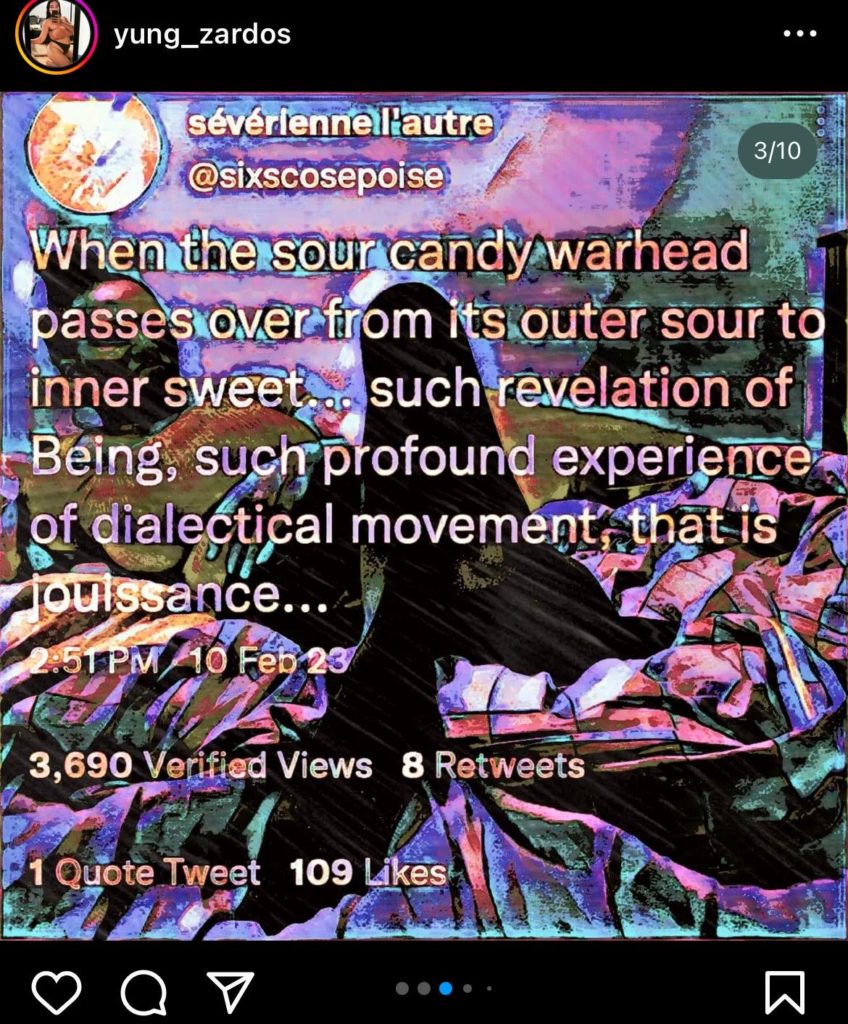
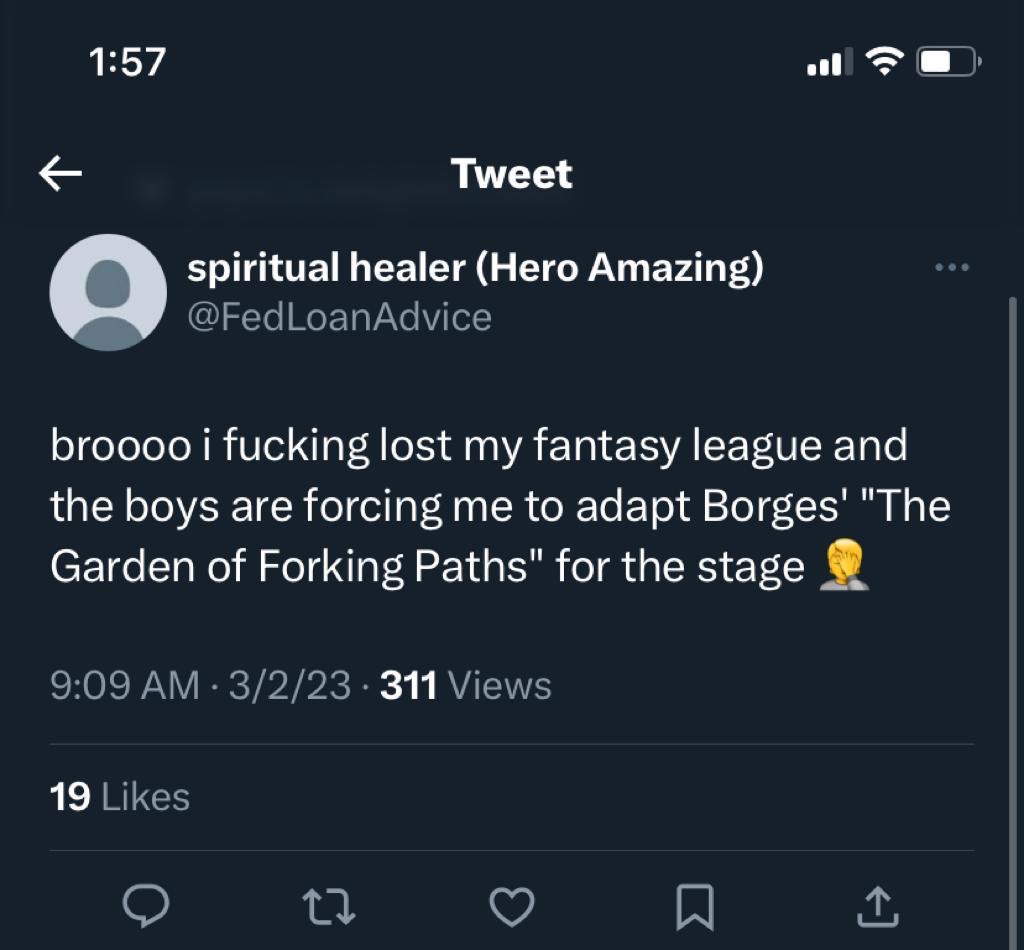
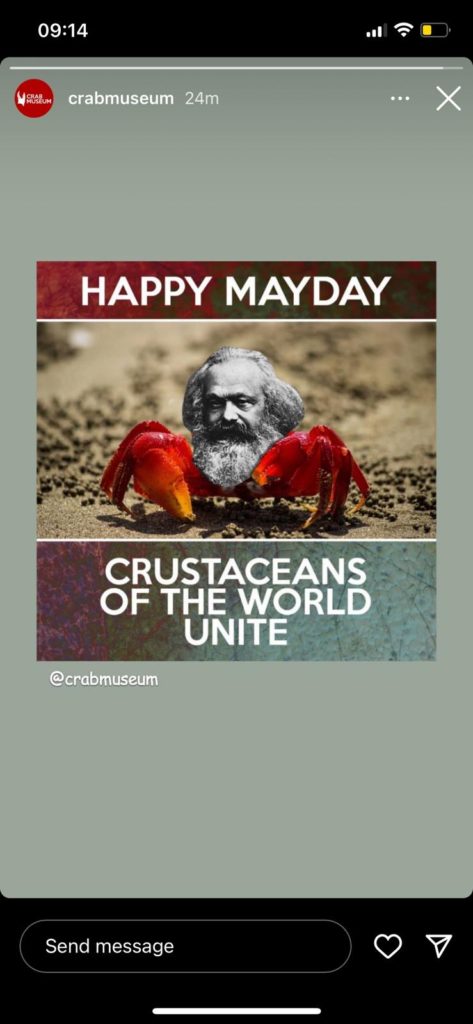


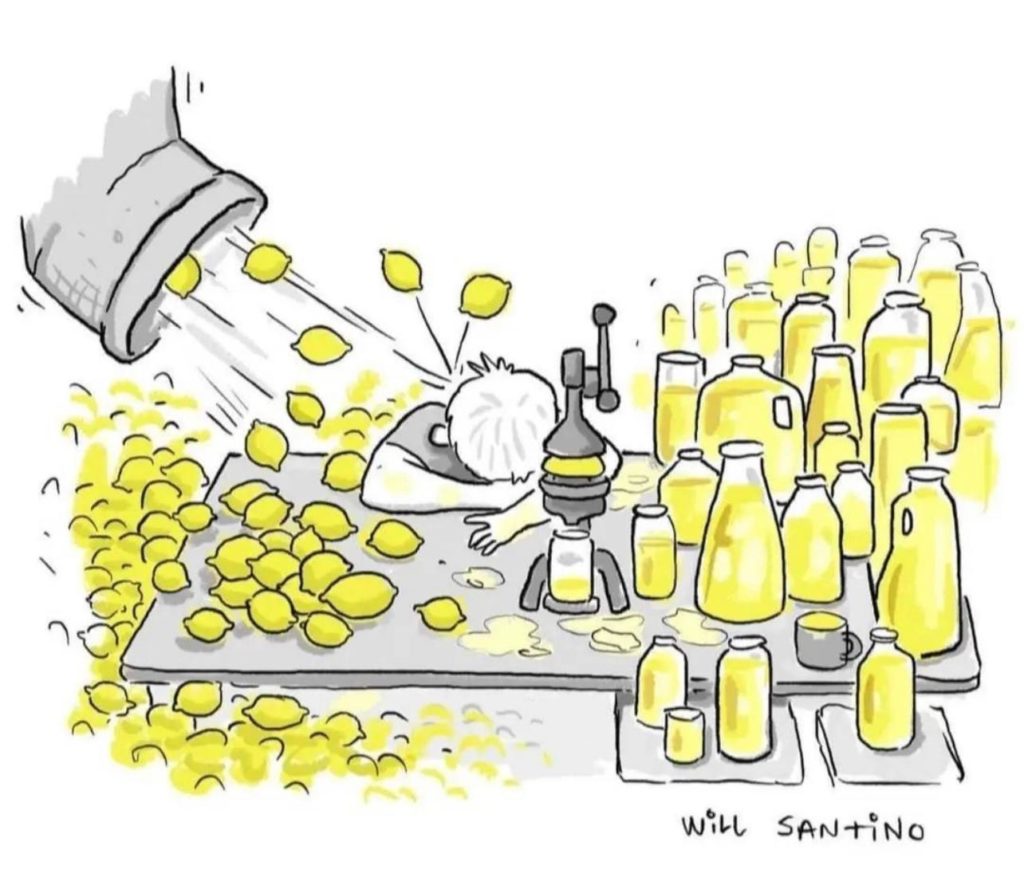
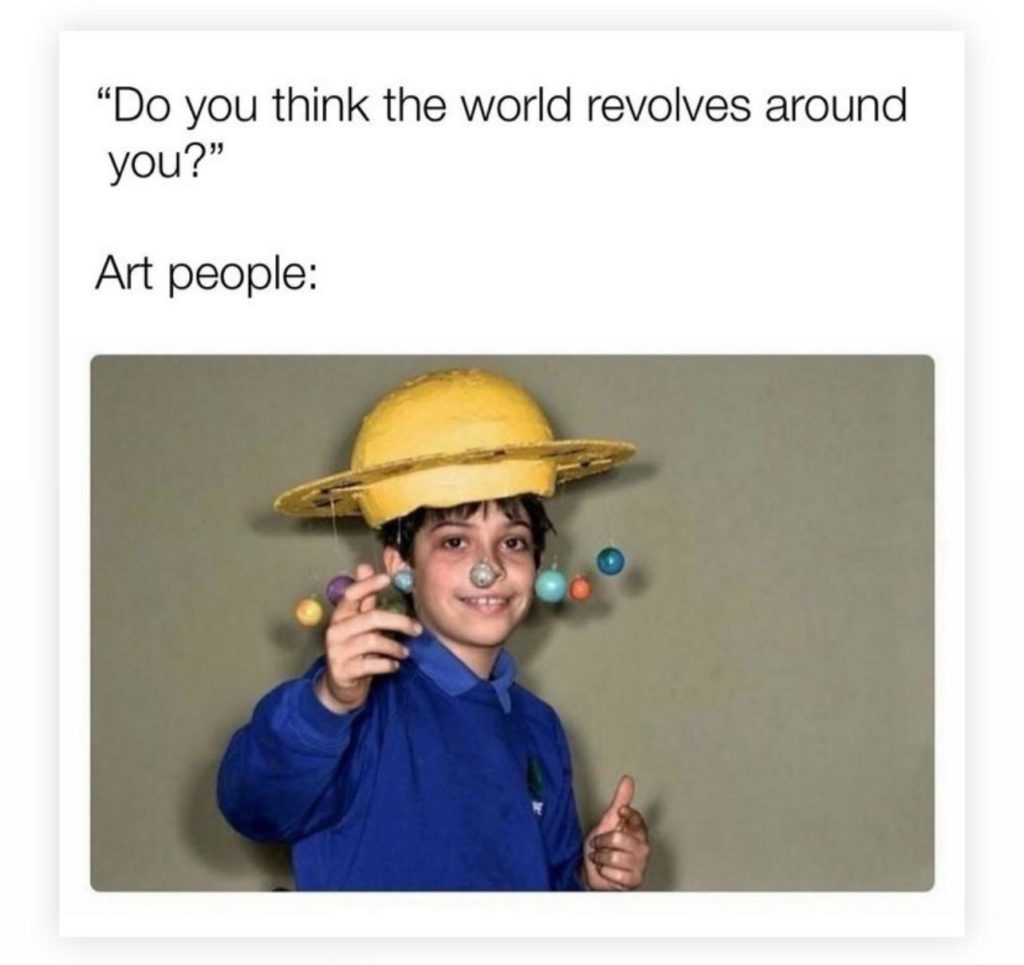
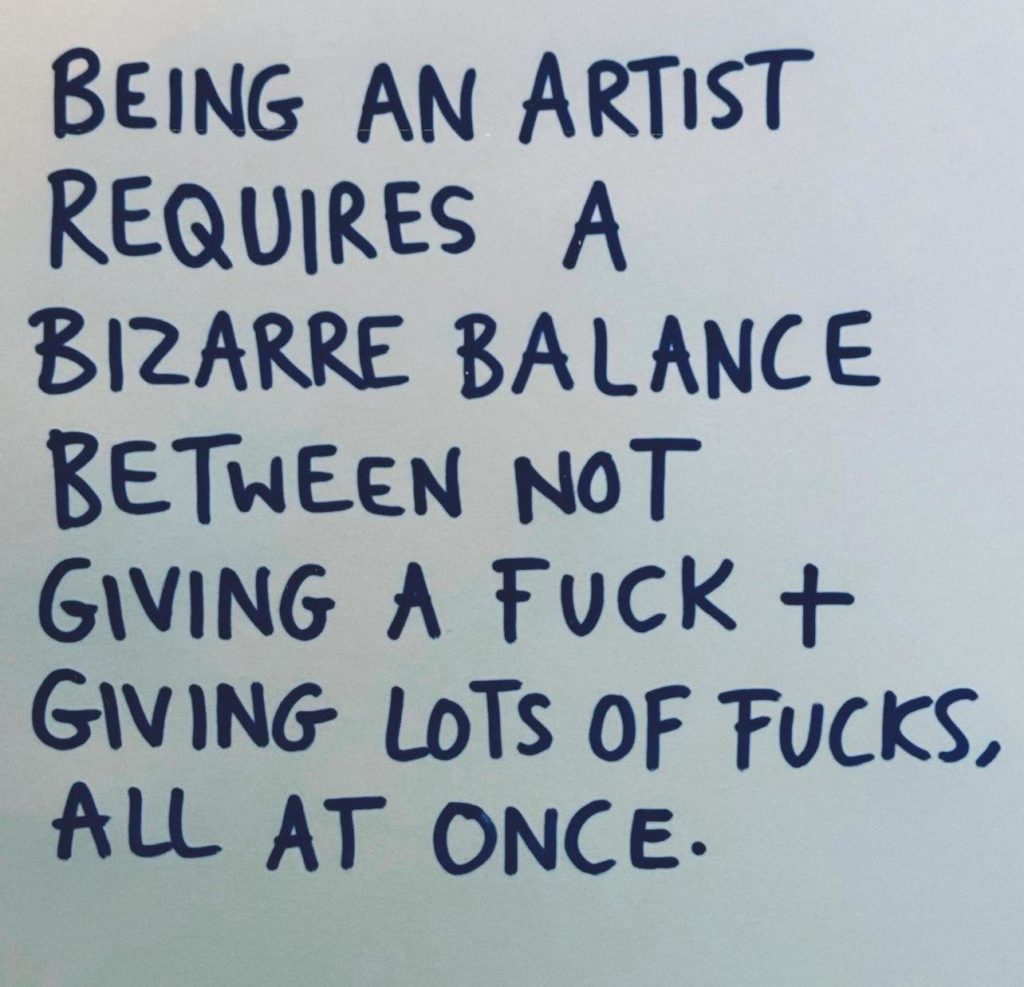

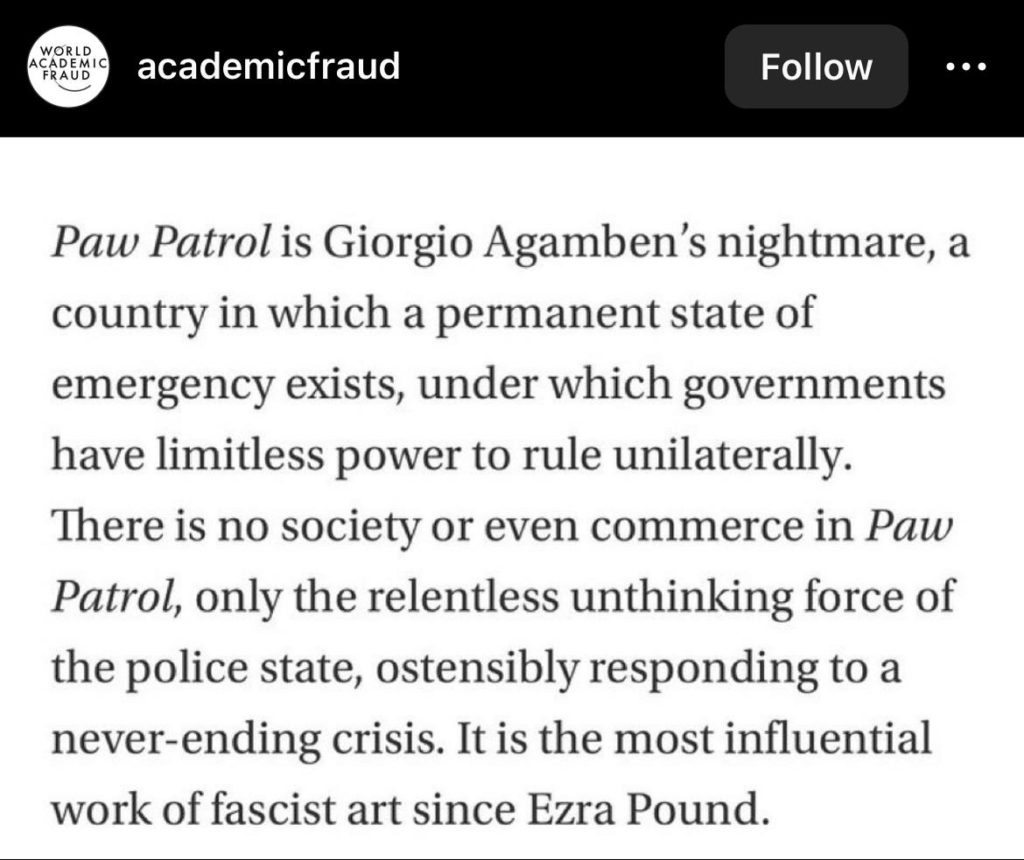


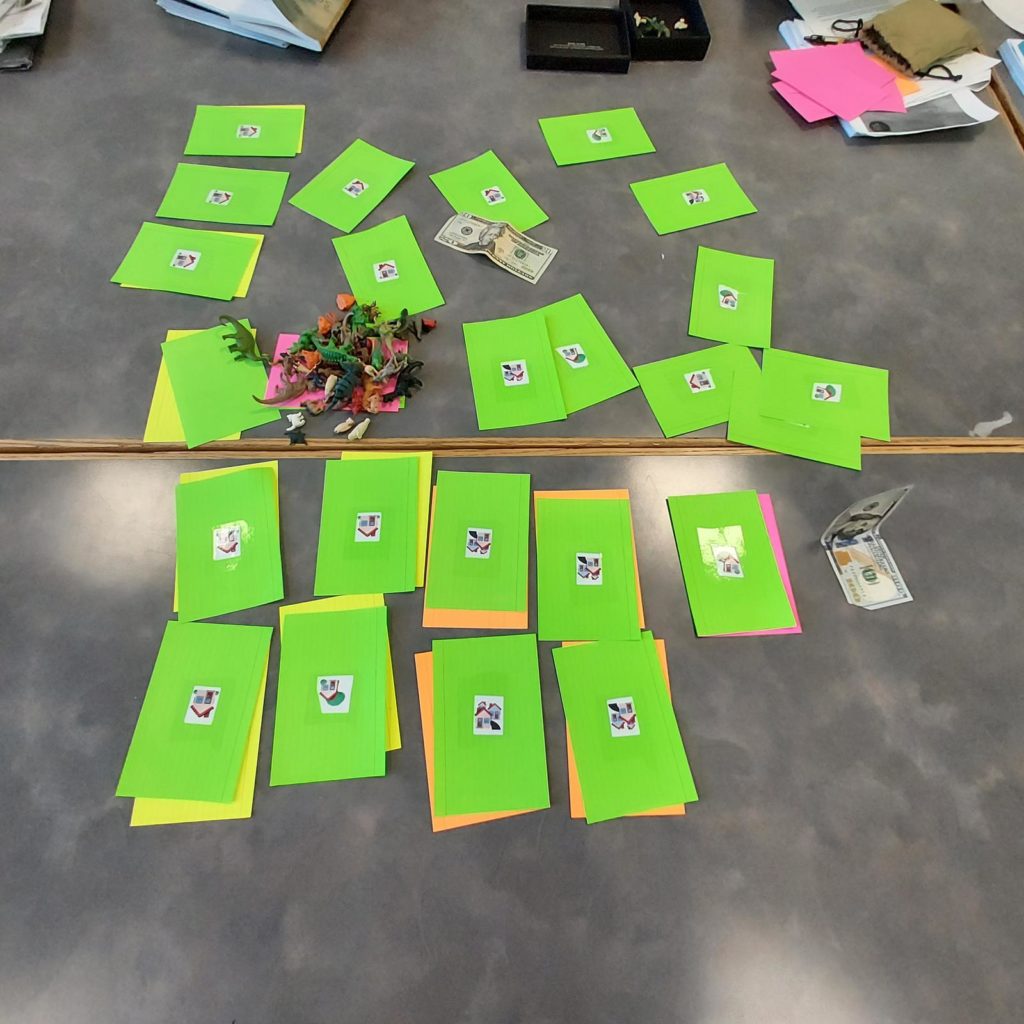
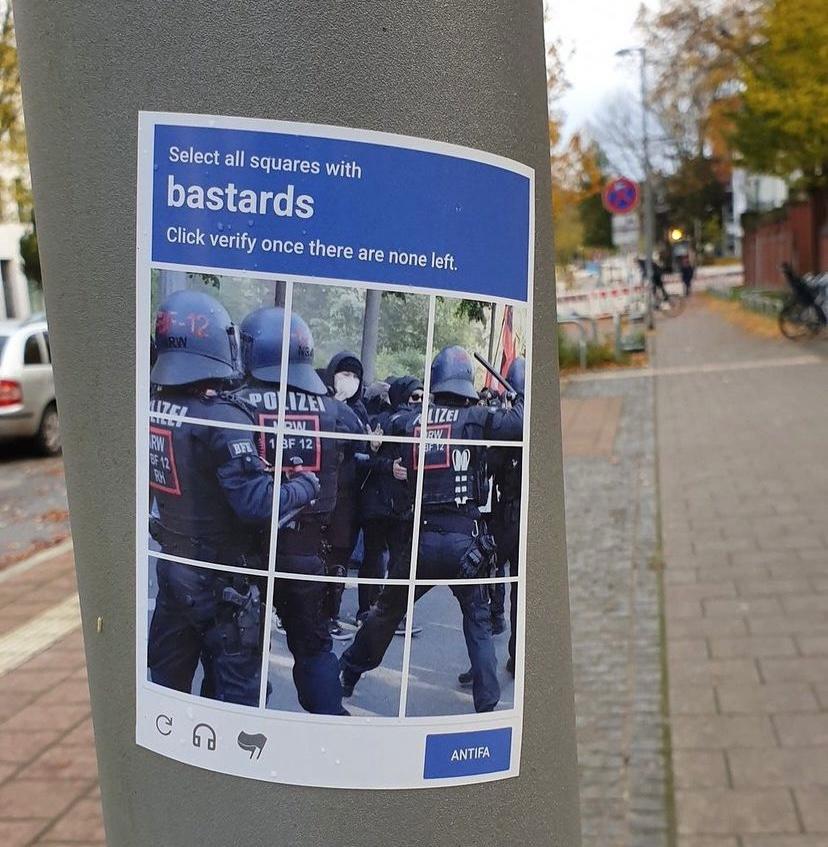
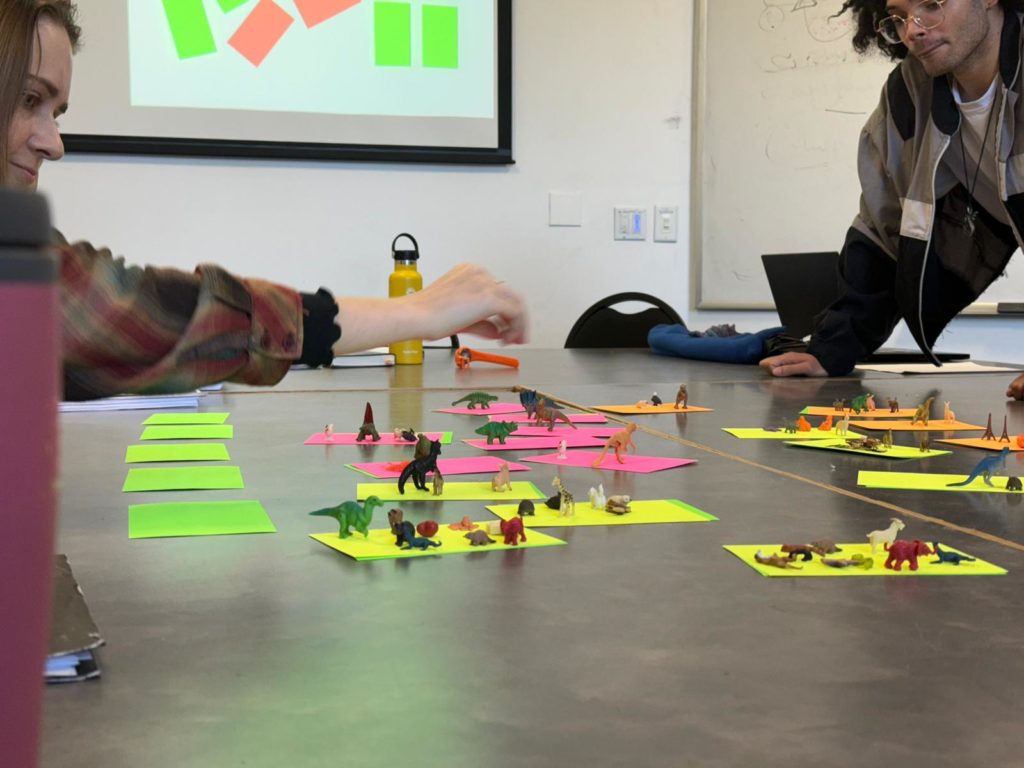
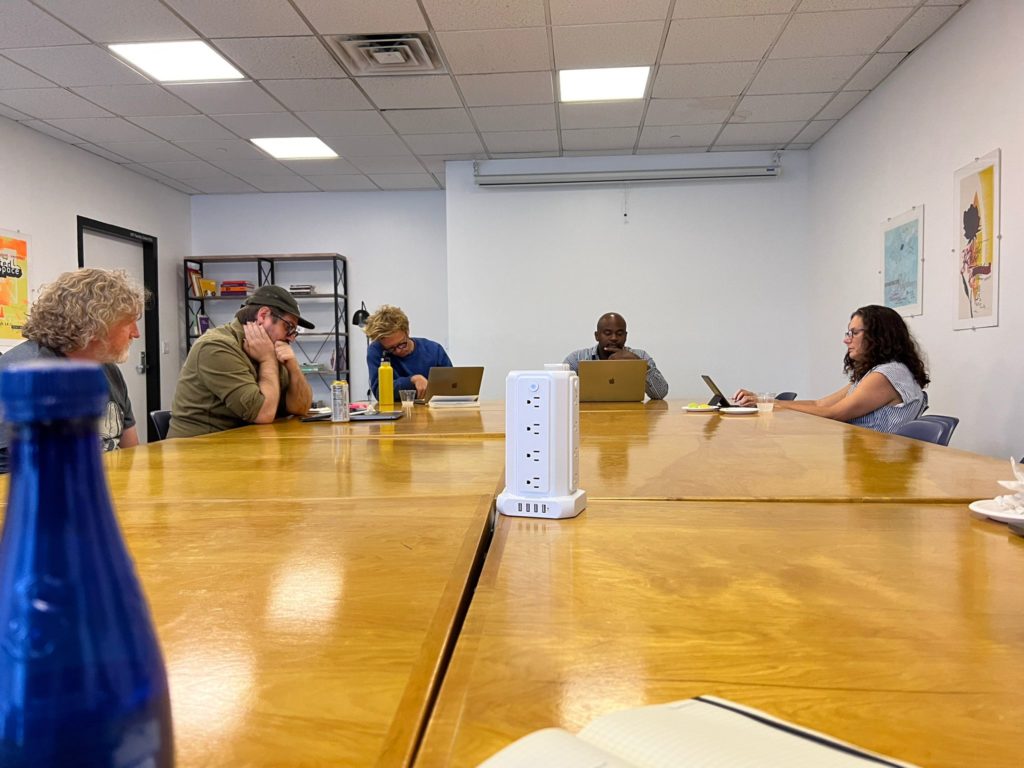
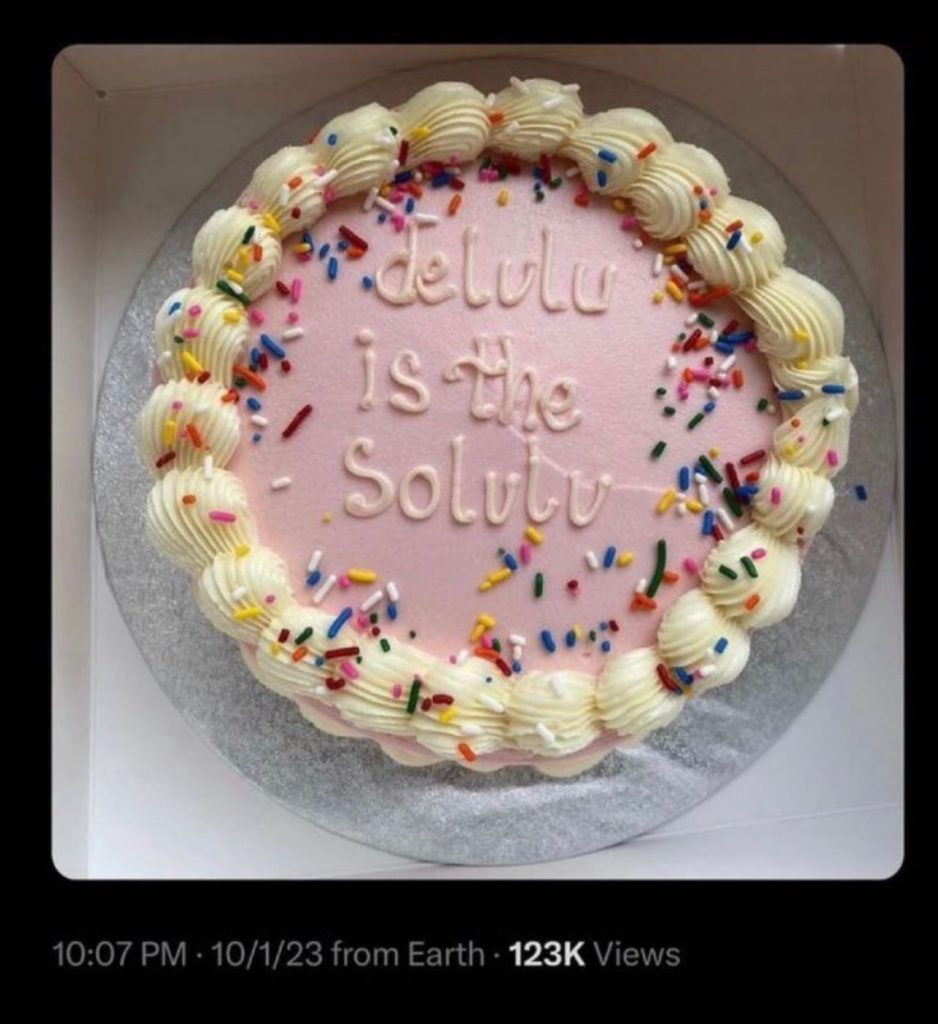
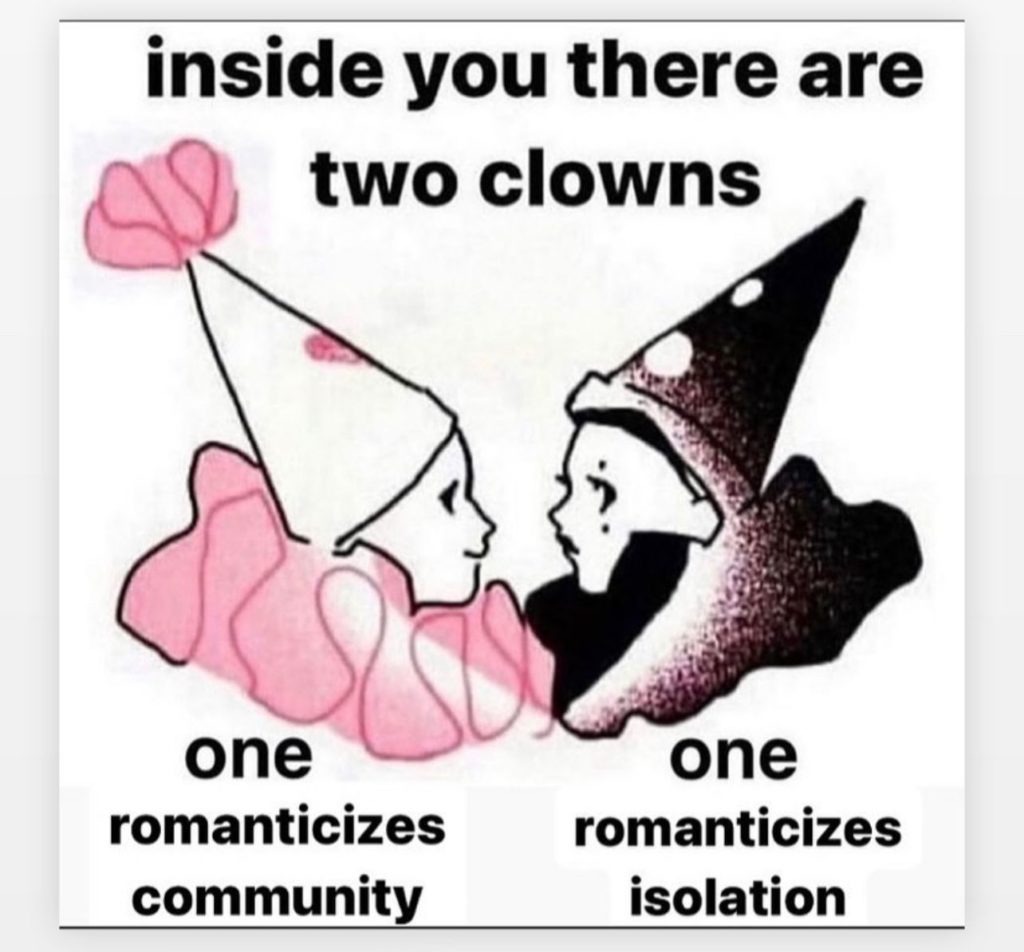
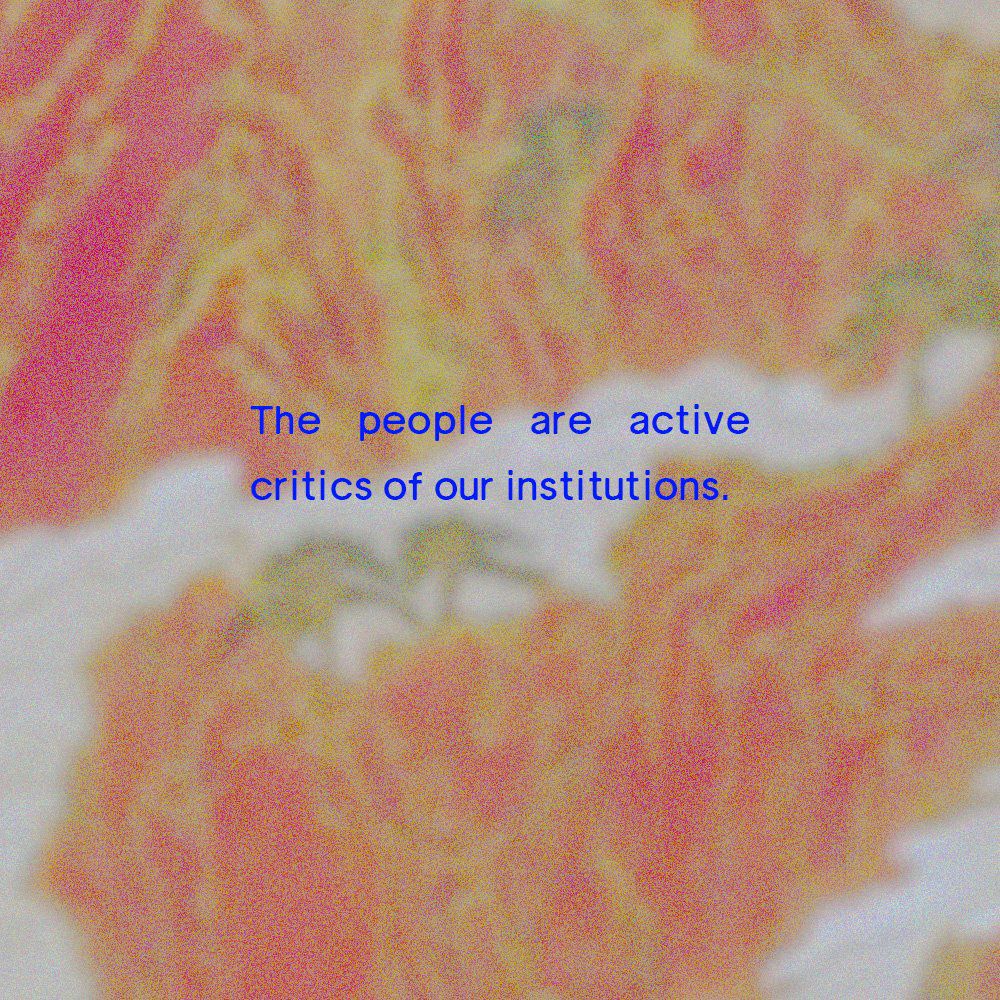

On the Concept of the Political in AI-Generated Art
The video-installation Being Human, a work from 2019 by Christopher Kulendran Thomas and Annika Kuhlmann, operates a socio-political critique between the dimensions of fiction and documentary. The work develops around “the relationship between human rights and contemporary art, but seen through the prism of artificial intelligence and machine learning.”[1] To approach the human from the perspective of artificial intelligence, to some, might seem as a counterintuitive action. In this essay, however, I am interested in precisely that: the critical relationship between the human and the machine, from the perspective of the machine. Is there socio-political critical potential for AI-generated art at all? Or, does this machine creativity simply reproduce its very elements we fear? Or worse, is AI art simply always already a-political? I will argue that AI-generated art can be political in its manifestation as ‘non-performative performance beyond the human condition’. Building on the theoretical work of Hannah Arendt and Luciana Parisi, I will explore this argument by focusing in on the central notion of Kulendran Thomas and Annika Kuhlmann’s art work: the concept of being human.
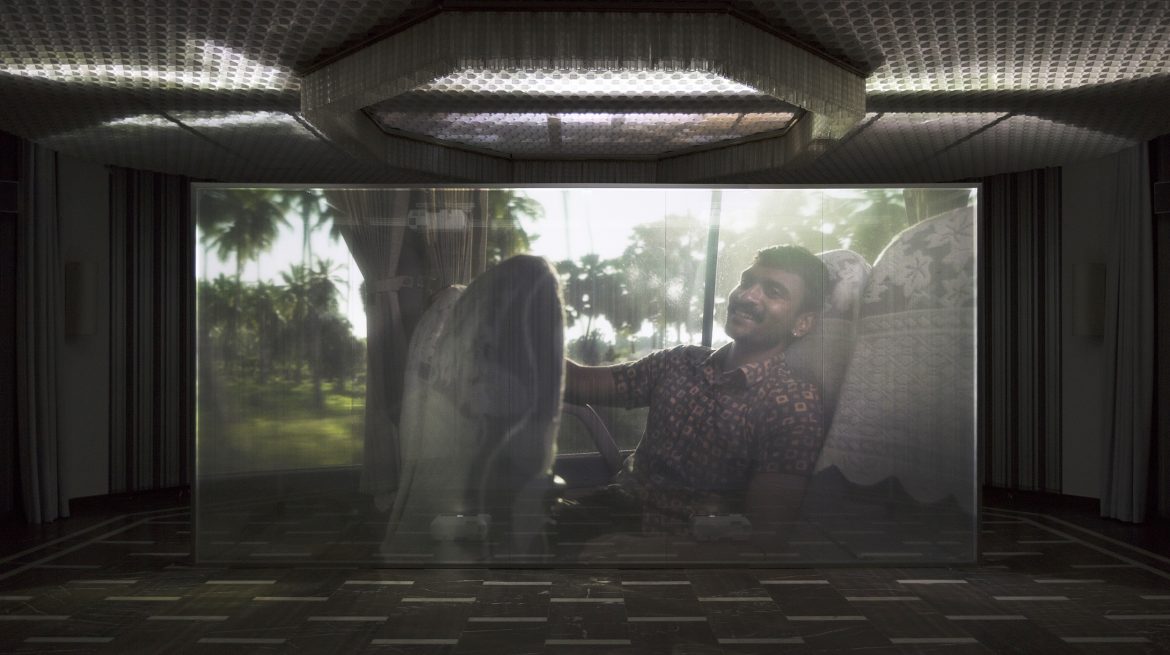
Christopher Kulendran Thomas, Being Human (2019), in collaboration with Annika Kuhlmann. HD projection on glass, aluminium and steel. Installation view, Schinkel Pavillon, Berlin, 2019. Image: Andrea Rossetti.
Being Human is set in the context of the aftermath of the civil war in Sri Lanka (1983-2009), Kulendran Thomas family’s home country. During this conflict, the oppressed Tamil people of Sri Lanka fought, unsuccessfully, for an independent Tamil Eelam state.[2] In 2014, the United Nations officially opened investigations into war crimes and crimes against humanity by both parties in the conflict, a process which was heavenly obstructed by the Sri Lankan government and that is still going on.[3] The physical installation of Being Human in the gallery space consists of two main elements. On the one hand, there is the glass transparent video-screen, which bisects the exhibition space. On the other, there is a series of art works by contemporary Sri Lankan artists ‘on show’ behind the video-screen.[4] These art works become visible when the video projection dims and the lights in the exhibition room go on. This happens at several moments during one loop of Being Human. In the projected video, a young Tamil artist, named Ilavenil Jayapalan, the main protagonist of the piece, takes the viewer around the Sri Lankan island, talking about the Colombo contemporary art scene, its historic and present political situation, philosophy and human rights.[5] Additionally, there are three other main characters who take the stage in this fictional documentary. There is Kulendran Thomas’ uncle, a priest, who established the Centre for Human Rights in Tamil Eelam.[6] Finally, there are two characters who look a lot like, on the one hand, the famous pop star Taylor Swift, and, on the other, Colombian contemporary artist Oscar Murillo. Those two, however, turn out to be deepfakes, algorithmically synthesized characters, created by generative AI. Ultimately, the three elements informing this art work – the Sri Lanka Civil War Crimes, contemporary art and artificial intelligence – are being operated by the artists to reflect upon the metaphysical question of being human.
Hannah Arendt on the apolitical threat in scientific development
The condition of what it is to be human, brings me to a fundamental work in political theory. When Hannah Arendt wrote The Human Condition in 1958, she was doing so in the fast-changing world after World War II. In the prologue to The Human Condition, Arendt most prominently expresses her fears regarding modern scientific developments in the modern world.[7] She discusses two specific events, the consequences of which for the human condition cannot be understated, according to her. These events are the first human-made object to orbit Earth in 1957 and the advent of labor automation. Space exploration is a “step towards the escape of men’s imprisonment on the earth.”[8] Life on earth, however, “is the very quintessence of the human condition,” Arendt writes.[9] Labor automation is devastating for a society of laborers, which thus threatens to lose an elemental aspect of its existence. The danger of these scientific developments, for Arendt, resides most prominently in the fact that they are creating a passive and depoliticized society, a society threatening to escape the human condition.[10]

Hannah Arendt, The Human Condition (2018 [1958]).
It is important to note, and this sometimes perhaps gets mistaken, that Arendt was not arguing for an eradication of science. Scientific thought and its inventions are part of humanity’s artificially created world of work. All Arendt does, is urge for us to find a way to co-live with science, politically. Since, the question about the developments of science, its quest for stretching the current limits of human existence – whether by human cloning, age extension, searching for different planets, or annihilating labor – is “a political question of the first order.”[11] Arendt is not against the idea of science as such, but she is against its apolitical and universalist claims over the human condition and its quest “toward making life also ‘artificial’.”[12] She fears the thoughtlessness of science. The central question in The Human Condition for Arendt is one of practical politics, “to think what we are doing.”[13] Thus, she would want us to consider our own scientific inventions as part of the human condition as well.
Where Arendt was writing at the onset of a new, globalized world, I argue, together with others, that we are now experiencing the (devastating) effects of a post-globalized era.[14] Post-globalization is a globalized world folding back on itself. Amongst its main features is the recession of states from multilateral frameworks and a resulting rise in populist nationalism.[15] It is striking, almost seventy years after the first publication of The Human Condition, just how much of its critical capacity withstands in a contemporary post-globalized world, socio-scientifically characterized by the introduction of machine learning and artificial intelligence.[16] AI is being increasingly adopted in different fields of society and, specifically, it is algorithmic decision-making that draws heavy criticism. Much like Arendt’s fear of the thoughtlessness of science creating a passive and depoliticized society in the previous century, once again, ethically non-restricted science is causing distrust over the possible loss of political agency for the human subject.
In fact, Arendt already warns about the a-political danger of a scientific intelligence when she mentions the importance of speech in her prologue. “[S]peech is what makes man a political being,” according to Arendt.[17] The modus operandi of science and computers originally was to translate human speech and thought into a “mathematical language” of 0s and 1s, to then again return a statement comprehensible to human thought. The problem arose when that retranslation of the mathematical language into human language was no longer possible, for the scientifically rendered truth had come to surpass the capacities of human brain activities. Since this development, we “need artificial machines to do our thinking and speaking” and we have become a function of the slave-machine. Already in the 1950s, Arendt writes, we found ourselves in such a situation. This is problematic, for when speech is on the line, we have an essentially political problem. Arendt did not just fear the flight of the Earth and automation taking over labor from humans. In addition, she stressed the possible danger of science rendering obsolete the human functions of speech and thought. This is precisely what artificial intelligence claims to do.
Applications like ChatGTP automate language. Dall-E automates vision. AI automates the precise conditions of being human, which is exactly what we experience as existentially threatening. Arendt wrote that “we do not yet know whether this situation [the one in which human thought is threatened to become obsolete] is final.” Adding to her thought, seventy years later, it is clear that she only highlighted the mere beginning of something much bigger.
From the work of art to that of AI art
If, following Arendtian thought, science, and by extension, AI are a threat to what constitutes the human condition, and most importantly, the political agency of the human, what to think then of contemporary art generated by AI? Does AI art simply reproduce the automation of the human – or, in this case, specifically, of the artist? Or, does the artificiality of AI art produce a loophole for political potential to slip into the automated flesh of the work? A first question to address is what constitutes the idea of art in Arendt’s thought. Additionally, I will look at how that idea changes when the art work is being automated.
The concept of art, for Arendt, belongs to the public sphere and thus operates within political life.[18] Art fits into Arendt’s second category of work, which “provides an ‘artificial’ world of things.”[19] The work of art derives a precise distinctness different from other worldly objects, like for example furniture, in Arendt’s thought, because of its total uselessness. In this way, she argues that “works of art are the most intensely worldly of all tangible things.”[20] The art work has a specific place in The Human Condition. As the final section in her chapter on work, it operates as the bridge to her next chapter on action. This bridge appears because art always operates in close relation to Arendt’s idea of action. Action, for Arendt, “corresponds to the human condition of plurality.”[21] It is through action and the correlated speech functions, the highest activities in the vita activa, that humans in the public sphere exercise their capacity of freedom. She describes this ‘acting’, moreover, in terms of an initium. Acting is the capacity to begin a-new. “The fact that man is capable of action means that the unexpected can be expected from him.”[22] The work of art, as a worldly object, renders these fleeting and initiating notions of action and speech an endurance.
“Acting and speaking men, need the help of the homo faber, in its highest capacity, that is, the help of the artist, of poets and historiographers, of monument-builders or writers, because, without them, the only product of their activity, the story they enact and tell, would not survive at all.”[23]
In close relation with action, Arendt continues, “[t]he immediate source of the art work is the human capacity of thought.” This means that “works of art are thought things, but this does not prevent their being things.” Arendt describes the work of art as a reification, which she calls more a transfiguration than a transformation, of thought.[24]
Now, what then about AI works of art? If anything, the critique of scientific thought by Arendt made clear so far, it is that, AI, and by extension, AI art, have little to no political agency within the human condition. This is because, for Arendt, science constitutes a divergence of the conditions of being human, like speech and action. AI art loses its close connection to the acting human. One can also question whether AI art is still truly part of the public sphere when AI applications are owned by a handful of private companies. This constitutes Arendt’s critique of economic society, destroying the true distinction between the public and private spheres. AI art also can no longer be seen as a thought-thing, with its source in merely that of human thought, either. Especially when it comes to generative AI, there is an intervention of machine thought, uncontrolled by humans, at the basis of the AI art work. The AI art work is a scientific or instrumental thought-thing. It is interesting to note that in the section on the work of art in The Human Condition, Arendt brings up science again too. She does so when she highlights the difference between thought and cognition. She differentiates here between a human thinking and machine or scientific mode of thinking. Thought, she writes, is manifested in philosophy. Cognition, she links to the sciences. Cognition has a ‘definite aim’ in order to produce results. Thought, in contrast, has no definite aim and does not produce results. Cognition, thus, operates in instrumental thinking. Whereas thought is the useless – “as useless, indeed, as the works of art it inspires” – and unpredictable.[25]
Art created as a function of AI corresponds to an artificiality doubled out. It is an artificially created work from the already artificial ‘world of work’ in Arendtian terms. It is an image of an image. “Kitsch” or “predigested form,” to say it in Clement Greenberg’s words.[26] In a sense, the expected is the only thing to be expected here. Remarkably enough – and this goes against the previous – the images that applications like Dall-E produce seem to somehow surprise us by defying what our minds would ‘expect’ to see. This unexpectedness of AI art must thus find its origin from a different place, a shadow place, than that of the ‘unexpected’ or ‘creative’ quality in non-automated avant-garde art work. If there is a political potentiality in the AI art work, I argue, we have to look further into that shadow place. An important point of departure to explore this shadow place, I argue, is the realization that AI, and specifically generative AI, is not merely conditioned in human thought. AI is conditioned in a scientific mode of thought characterized by instrumentality. Arendt precisely highlights this difference when differentiating between cognition and thought. It’s on this difference that she bases her argument against the existence of a notion of true ‘scientific thought’. Now, what would be interesting, is to stop fighting and embrace this very difference and develop it further. Thus, completely counter-intuitively, I argue for an exploration of the instrumental, result-producing, thoughtless thought of science, precisely from Arendt’s critique of it. In such a context of using technology as a way to look at the world, and of an evaluation of AI from within scientific thinking, I will build on the work of Luciana Parisi. In her research, Parisi precisely stresses the necessity for a philosophical approach of AI as a distinctive mode of thought, outside of human thought.[27]
AI art as non-performative performance beyond the human condition
To explore this political potentiality of science further, let’s have a look again at the place of the political in Kulendran Thomas and Kuhlmann’s video-installation Being Human. Being Human offers a critique of the violent ethnic cleansing by the Sri Lankan government of the Tamil people and the lack of humanitarian intervention and international aid in the Sri Lanka Civil War. But even more precisely, it critiques and points towards the failures of design in, or, the artificiality of, liberal human rights. It is the intervention of machine thought into the art work, which operates a non-performative performativity, a notion I take from Parisi, that lays bare these structural failures. Kulendran Thomas discusses, in an online interview, how he and his team pushed for a high level of automation in the film.[28] This resulted in a video built from scraping of the internet for contemporary art documentation, algorithmically synthesized characters, and a new ‘Taylor Swift-like’ pop song to operate as the soundtrack for the video. Besides talking about what authenticity means to her, the Taylor Swift-inspired character, for example, also openly and critically discusses contemporary political issues. The overall effect of this automation is that the viewer is very uncertain about what part of the work is real and what part is artificial. Being Human, in fact, exposes this as an impossible question to answer, since any art work is already an artificial creation. Art, in Arendt’s words, belongs to the artificially created world of work.

Christopher Kulendran Thomas, Being Human (2019), in collaboration with Annika Kuhlmann. HD projection on glass, aluminium and steel. Installation view, Schinkel Pavillon, Berlin, 2019. Image: Andrea Rossetti.
In the video, there is a moment in which Ilavenil Jayapalan refers to Immanuel Kant’s Critique of Pure Reason. The young Tamil artist states that “we don’t merely receive reality, but actively structure it according to the universal laws of the human mind. […] [W]e can never know reality as it is in itself, but only as it appears to us.” The artist goes on to link this idea to Duchamp, who, according to him, introduced this idea into art. “Anything could be art as long as we receive it as such. Because ‘art’ lies in our own interpretation of it.” Kulendran Thomas additionally stresses that idea of ‘artificiality’ by including an exhibition of art works in the installation of Being Human. This doubles the reality of the exhibition space. The resulting threshold between documentary and fiction, between reality and art, or, between reality and our interpretation of it, is stretched out in this art work and operated as the distinct field of interference.
In approaching AI as a true scientific mode of thought, Parisi relies on the non-philosophy of François Laruelle, who characterizes AI through the concept of performance. Parisi argues for an alien subject in machine thinking that exists beyond the human condition. This alien hypothesis suggests that AI might render us new insights into our world. Parisi clearly believes in the potential of automation in
“re-purposing or re-aiming of the means of enslavement so as to liberate the self-determination of the subject and re-use technology for human emancipation.”[29]
Parisi stresses the potential of “a pragmatist view of techno-logic.”[30] Again, much like Arendt’s central question in The Human Condition, with AI, the question is not so much what it is, but rather, what it is doing. “To approach automation in terms of pragmatism is to argue that transcendental computation can be distinguished from representational models of cognition […].”[31]
In a lecture at the ICA LA, organized by CalArts School of Critical Studies, Parisi explains how generative AI does not so much reproduce exact images. Rather, it blurs information and, thus, always generates noise. Parisi is interested in that incomputable aspect, the noise, the processing of a random function, that comes with generative AI. “Generative AI is trained to look for statistical regularity and not exact sequences of bits. It outputs approximations, rather than accurate facts.”[32] Generative AI produces poor images, or what Parisi calls counter-factualities, which are “emerging from what is missing, from what is negated at each step, while predicting what is on the other side of the gap.”[33] It is on this aspect of incompatibility that Parisi extends Laruelle’s performative claim of AI into a claim of a non-instrumental instrumentality or a non-performative performance.[34] “Non-instrumental instrumentality exposes not the creative image of artificial intelligence according to the cosmogony of Man, but the fractal or incomplete collectivity of the techno-flesh, for which machine reasoning becomes a non-axiomatic computation.”[35] Learning through recursive or feedback functions, generative AI, brings ideology to the surface. “Instead of serving as an instrument for shedding light into the world, algorithms clone the underworld,”[36] shedding light onto the shadows of human thought. Parisi also refers to this shadow-vision, building again on Laruelle, as the ‘dark or negative optics’ of AI.[37]

Christopher Kulendran Thomas, Being Human (2019), in collaboration with Annika Kuhlmann. HD projection on glass, aluminium and steel. Installation view, Schinkel Pavillon, Berlin, 2019. Image: Andrea Rossetti.
This is precisely how the automated construction of Being Human, as a non-performative performance, returns us its socio-political message. Using its shadow vision, it exposes the counter-factualities, it highlights the invisible strains between the facts, of what it is to be human. The use of deep-fake AI and of synthesized imagery from the internet in a discourse on human rights stresses, most importantly, the performativity of liberal human definitions. In an online discussion, Kulendran Thomas explains his view on what it means to be human:
“The idea on what it means to be human comes from the West and has been concretized in law, and that includes the juridical framework of human rights, which in a way is the legal front line of an empire. In my family’s homeland, in 2009, that liberal democratic conception of human rights was part of the problem, rather than the solution. It was insufficient to prevent a genocide. Like contemporary art, which I see as an aesthetic expression of the same liberal democratic values, it’s based on a theoretical abstraction of equality. But that logic is not very useful for understanding how power is structured through the institutions by which that conceptual projection of equality is maintained.”[38]
Kulendran Thomas, in this statement, highlights the structural parallel between contemporary art and human rights on which Being Human plays out. Immediately after the end of the Civil War, a western style white-cube gallery scene popped up in Sri Lanka and in 2009 the Colombo Art Biennale was founded. Kulendran Thomas critiques the fact that the art world was “projecting internationally liberal democratic values, whilst meanwhile, economically, in a way this art world was continuing the ethnic cleansing that had begun militarily.”[39] On the level of human rights, the argument that they only operate performatively was already and most prominently expressed in the previous century by Hannah Arendt. Arendt’s critique consisted of the fact that these liberal universal human rights could only be materialized through a notion of citizenship within a nation-state system. ‘The human’ in ‘human rights’ corresponds to a rights-bearing citizen as recognized under the laws of a nation-state. If such rights are to exist globally, it is only through the willingness of a nation-state choosing to take part in international legal treaties, upon which these rights are based. Thus, Arendt argued for the need of an additional “right to have rights, or the right of every individual to belong to humanity, should be guaranteed by humanity itself.” This call by Arendt, I argue, has a renewed urgency in the post-globalized condition in which nation-states are folding back on themselves and increasingly expressing resentment and skepticism towards international organizations.
Being Human is amongst a minority of AI-generated art works that fully realizes and optimally uses its own AI condition to have a true effect in this world. The lack of this artificial self-awareness is precisely what renders many other AI art works less interesting or dangerously apolitical. For, AI art is ‘an image of an image’ controlled by machine thought, the political potential of it does not reside in its human creativity, in its Arendtian initiating capacity. Instead, it finds its political potential as non-performative performances, as thought-things conditioned in scientific thinking, as counter-factualities that shed light on the shadow-places of hidden ideologies.
Notes
[1] KW Institute for Contemporary Art, “KW Studio: Christopher Kulendran Thomas – Another World,” Vimeo Video, 08:57, published December 1, 2022, last accessed on May 7, 2023, https://vimeo.com/777019419.
[2] Whereas many have fled the country, Tamil people still receive discrimination by the Sri Lankan state, living in a stateless society. Specifically with relation to the final stages of the Civil War, the Sri Lankan state is being accused of forced disappearances, torture and executions, sexual abuses and systematic denial of medicine, water, and food to civilians.
[3] Sri Lanka became independent of British colonial rule in February 1948. This is the same year the Universal Declaration of Human Rights was drawn up.
[4] The art works are by Upali Ananda and Kingsley Gunitilake were bought by Kulendran Thomas with the budget of his degree show.
[5] Like Kulendran Thomas’ family, Ilavenil Jayapalan has fled Sri Lanka and now lives abroad.
[6] In an interview Kulendran Thomas explains how his uncle is a family hero, as the last one of his family to leave Sri Lanka, only because by then he had survived 3 assassination attempts by the Sri Lankan state, see Culture Summit Abu Dhabi, “Screening + Conversation: Christopher Kulendran Thomas with X Zhu-Nowell,” YouTube Video, 35:33, published April 11, 2022, last accessed on May 7, 2023, https://www.youtube.com/watch?v=eKcJ4zyZkMY.
[7] Hannah Arendt, The Human Condition, 2nd edition (Chicago/ London: The University of Chicago Press, 2018 [1958]), 6: “The modern world,” Arendt states, “was born with the first atomic explosions.” The modern world is not the same as the modern age, Arendt nuances. The latter term starts in the seventeenth century.
[8] Arendt, The Human Condition, 1.
[9] Ibid, 2.
[10] Ibid.
[11] Ibid, 3.
[12] Ibid, 2.
[13] Ibid, 5.
[14] See e.g. Robert Latham, The Politics of Evasion : A Post-Globalization Dialogue along the Edge of the State, Interventions (Abingdon, Oxon: Routledge, 2016).
[15] Post-globalization explicitly revealed its face in the year 2016 when Donald Trump won the United States presidential elections and the United Kingdom voted in favor of a Brexit. The two biggest Western imperialist actors here decided to turn back on themselves.
[16] In the newly added “Foreword” by Danielle S. Allen to the 2018 reprint of The Human Condition by University of Chicago Press, Allen makes a similar claim stating that “But the time has come, I think, to reunite science with political thinking, calculation and algorithmic intelligence with judgement. This is the work Arendt was calling us to many years ago, and the call has, I think, gotten only more urgent.” See Arendt, The Human Condition, XV.
[17] Arendt, The Human Condition, 3.
[18] Arendt has not written systematically about art as such. It does, however, appear in her writing on several moments.
[19] Arendt, The Human Condition, 6.
[20] Ibid, 167.
[21] Ibid, 7.
[22] Ibid, 178.
[23] Ibid, 173.
[24] Ibid, 168-9.
[25] Ibid, 170.
[26] Leif Wheatherby also makes this connection between AI and Greenberg’s notion of Kitsch in Leif Wheatherby, “ChatGPT Is an Ideology Machine,” Jacobin (April 17, 2023), last accessed on May 7, 2023, https://jacobin.com/2023/04/chatgpt-ai-language-models-ideology-media-production.
[27] As opposed to Arendt, who specifically differentiates human from scientific thought on the basis of (the lack of) instrumentality, Parisi situates her research generally in a critique of the instrumental logic of human thought. Regardless of these different standpoints on instrumental human reasoning, I am interested in how Parisi’s view on machine or scientific thinking can operate alongside Arendt’s political thought.
[28] Culture Summit Abu Dhabi, “Screening + Conversation: Christopher Kulendran Thomas with X Zhu-Nowell,” https://www.youtube.com/watch?v=eKcJ4zyZkMY.
[29] Luciana Parisi, “The Alien Subject of Ai,” Subjectivity 12, 1 (2019), 31.
[30] Parisi, “The Alien Subject of Ai,” 32.
[31] Ibid, 45.
[32] Aesthetics and Politics, “Luciana Parisi: Aesthetic Colliders in AI Vision,” YouTube Video, 1:22:19, published March 11, 2023, last accessed on May 7, https://www.youtube.com/watch?v=hEOlRBWGUDo.
[33] Ibid.
[34] Ibid. Note how non-instrumental instrumentality echoes Kant’s definition of the aesthetic as “purposiveness without purpose”. The useful-uselessness character of art is essential in its definition and its political power.
[35] Aesthetics and Politics, “Luciana Parisi: Aesthetic Colliders in AI Vision,” https://www.youtube.com/watch?v=hEOlRBWGUDo.
[36] Ibid.
[37] See Luciana Parisi, “Negative Optics in Vision Machines,” Ai & Society: Journal of Knowledge, Culture and Communication 36, 4 (2020), 1281–93.
[38] Culture Summit Abu Dhabi, “Screening + Conversation: Christopher Kulendran Thomas with X Zhu-Nowell,” https://www.youtube.com/watch?v=eKcJ4zyZkMY.
[39] Ibid.